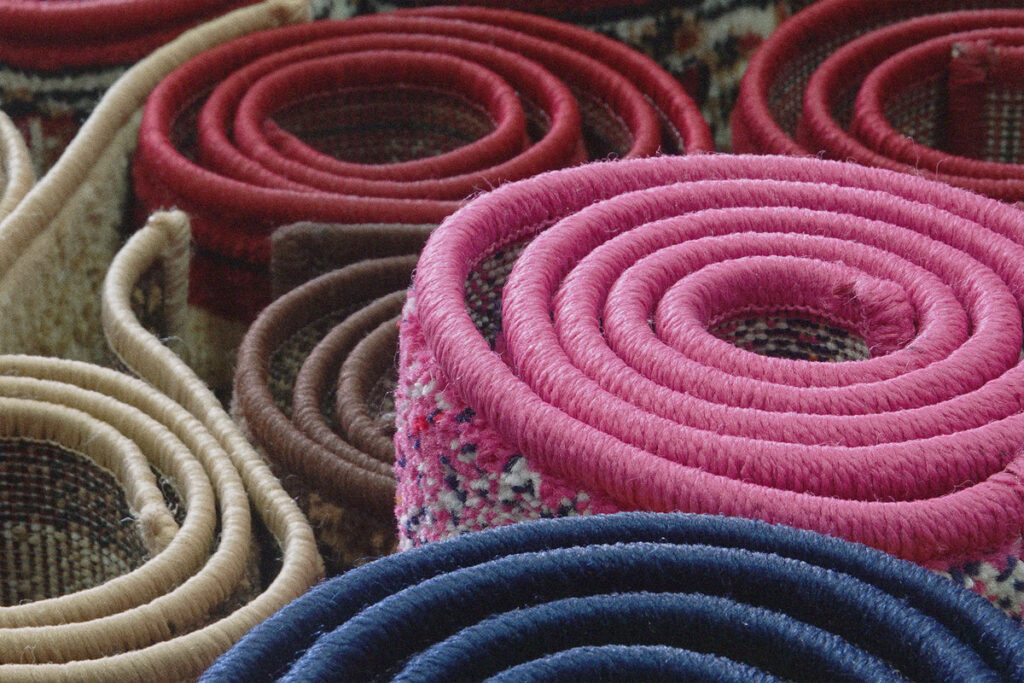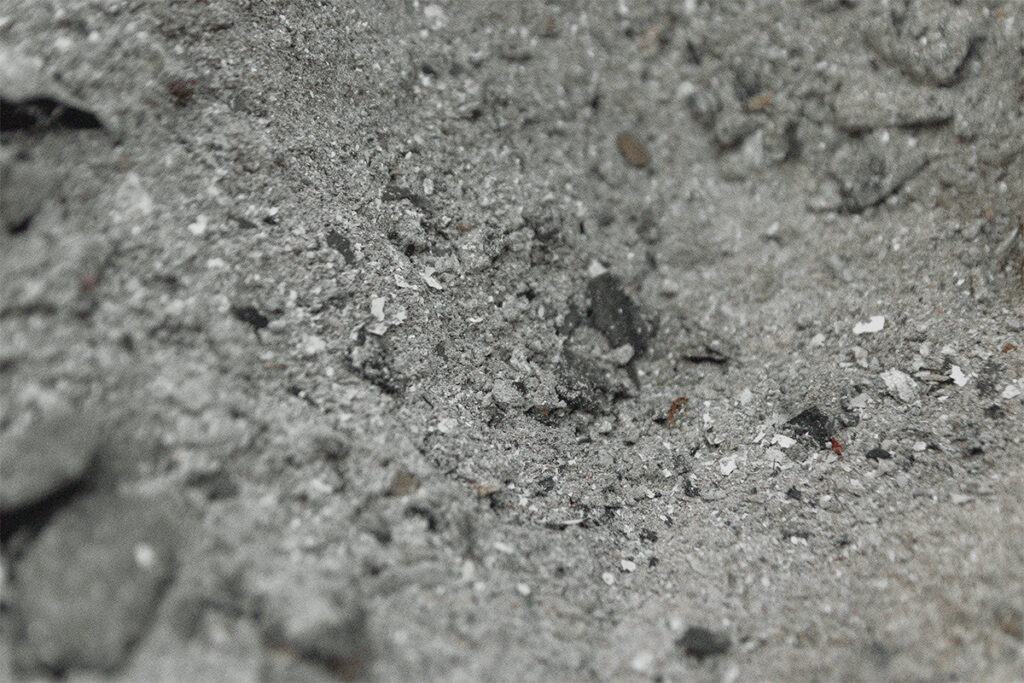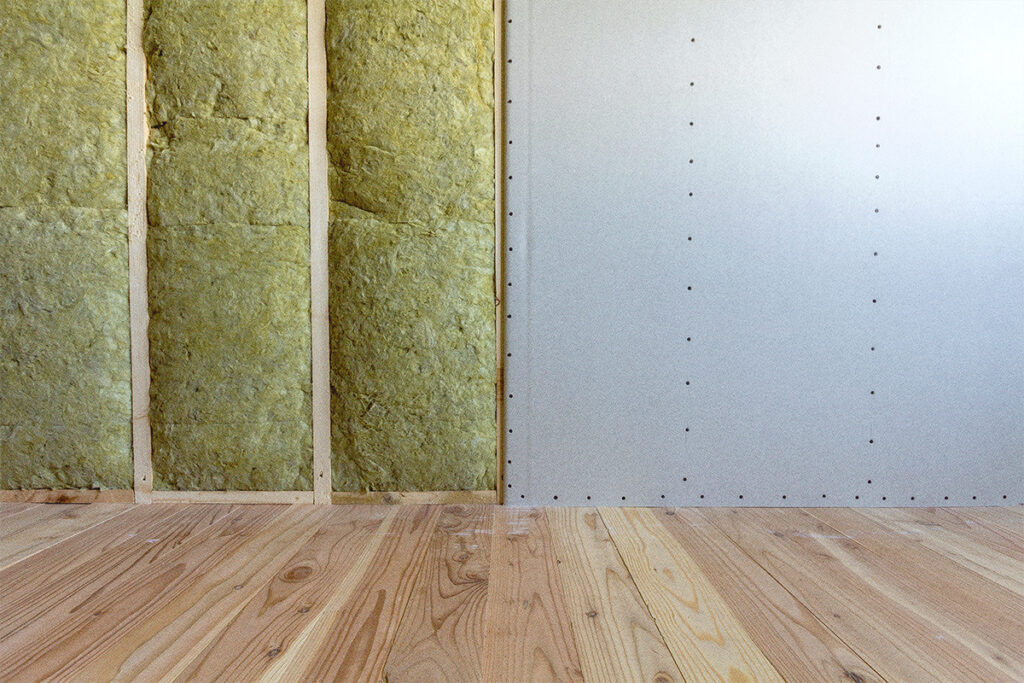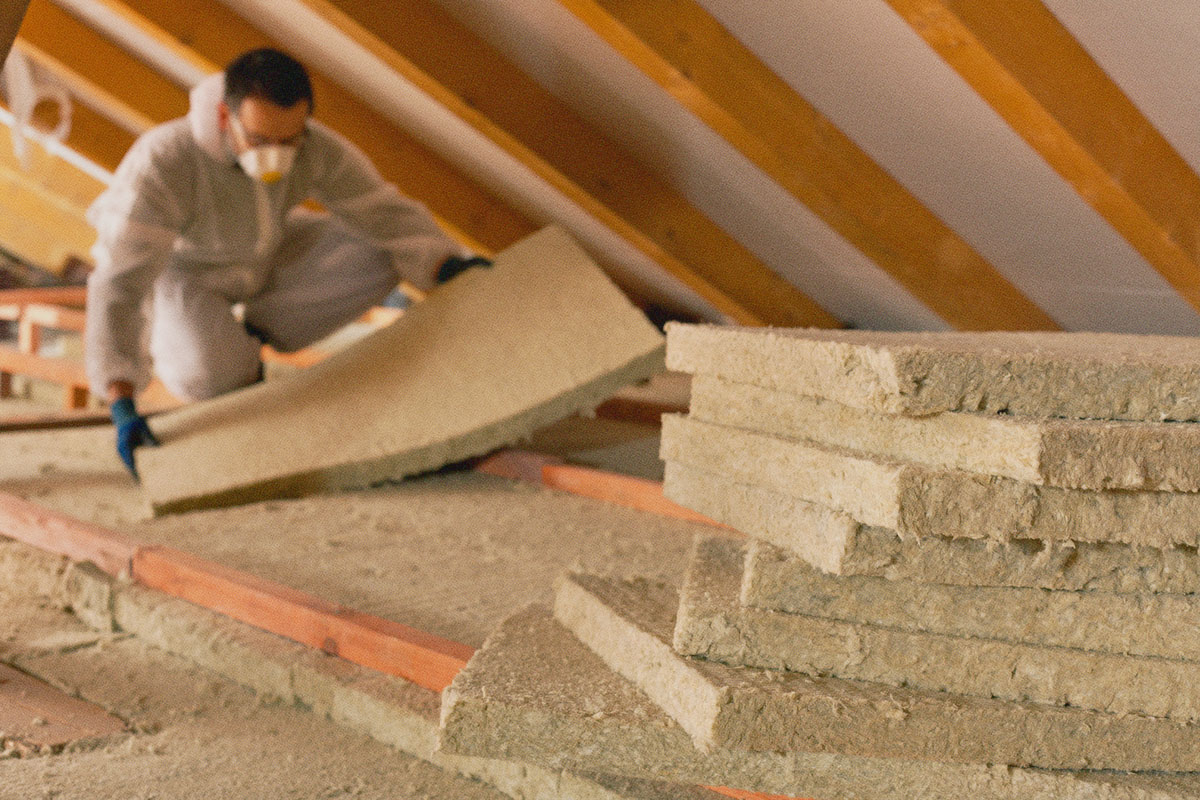Keep reading about similar topics.



If you’re reading this article, you’ve probably begun your journey in understanding the impacts that building materials can have on human health and the environment. But it can feel daunting to know where to start applying this knowledge to your work. You may feel like you don’t have the time or budget to select materials that are free of hazardous chemicals.
Fortunately, there are some relatively simple, low- or no-cost ways to start incorporating healthier materials into your projects right away. By focusing on a few high-impact product categories with readily available healthier products, you can begin the process of preferring and specifying healthier materials without making significant changes to your bottom line.

Assuming that healthier materials always cost more is a common misconception that often stops healthier material initiatives from even being discussed. Here are a few things you can do to start your journey without impacting your budget.
Paints
Paint is one of the easiest categories to start with, as healthier alternatives are readily available with no cost premium. Most paints today have Low or Zero VOC content and emissions and that are free of the endocrine-disrupting chemical APEs (Alkylphenol Ethoxylates), which are also toxic to fish and other aquatic organisms. “Endocrine disrupting” is a fancy way of saying they mimic hormones and send false signals, which cause problems in humans, and are especially problematic to children whose internal systems are nascent and developing.
Carpets
Avoid the use of carpets with stain repellents or stain treatments. PFAS is the chemical name often cited as a worst-in-class stain and water repellent chemical, and in performance testing, it often falls short of the job it is purported to do and instead, it rubs off and enters our bodies.
Insulation
Whenever possible, avoid the use of spray foam insulation, which is reacted onsite and can expose installers and building occupants to hazardous ingredients that can cause asthma. Prefer fiberglass, formaldehyde-free mineral wood, or cellulose insulation.
Use our InformedTM product guidance to quickly and easily find healthier products.
Antimicrobials
Avoid building products marketed as “antimicrobial” or “containing antibacterials” or similar claims. Some products on the market today include antimicrobials that are added for the purpose of making marketing claims around a product’s potential health benefits. However, there is no evidence that these added chemicals improve human health, and ironically, they can cause harm.
When looking at costs, there are a few strategies you can engage to tip the scales in your favor.
Start early in the design process
Consider the use of safer materials early in the design. Late design changes can increase the cost of your project and impose technical constraints that limit opportunities for incorporating certain types of materials. If cost remains a barrier, make sure to include safer materials as an alternate option in your specifications in case that funds become available later in the project.
Leverage purchasing power
By simplifying your material pallet and buying in volume, you may be able to secure better pricing for a healthier product across your organization’s entire portfolio. You can also leverage collective purchasing power by working together with other organizations via affordable housing collectives and associations like the Housing Partnership Network (HPN).
Save by cutting waste
Revisit your design process and emphasize waste minimization. For example, design a floor plan that minimizes cut off waste of your chosen flooring material. The savings you generate can be allocated to the purchasing of healthier materials.
With all this said, the reality is that sometimes safer materials do have a higher upfront cost. However, we hope this article has demonstrated that it’s possible to start prioritizing healthier materials no matter your budget or project size! Together we can all take steps toward a day where all people and the planet thrive in an environment free of hazardous chemicals.